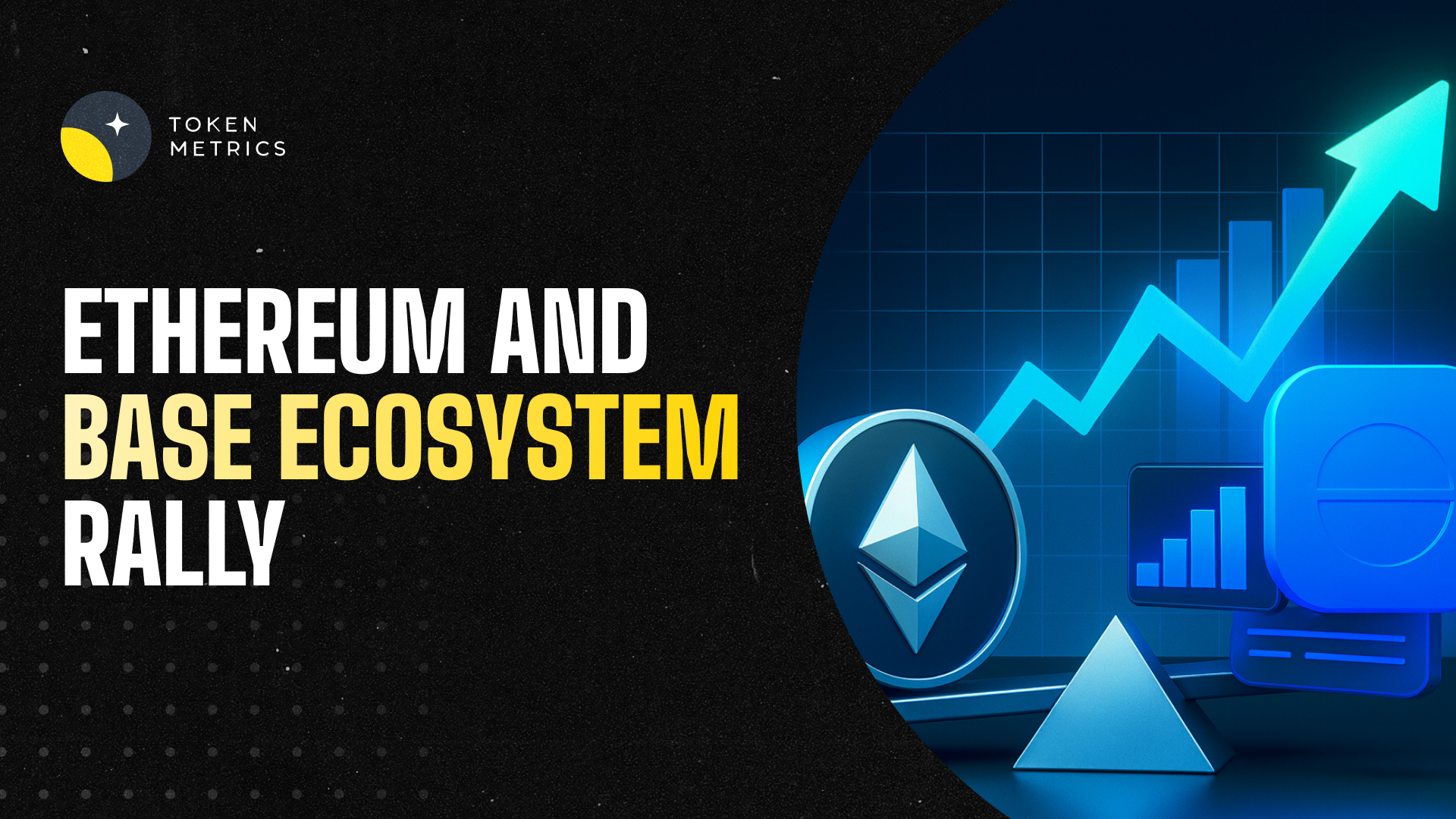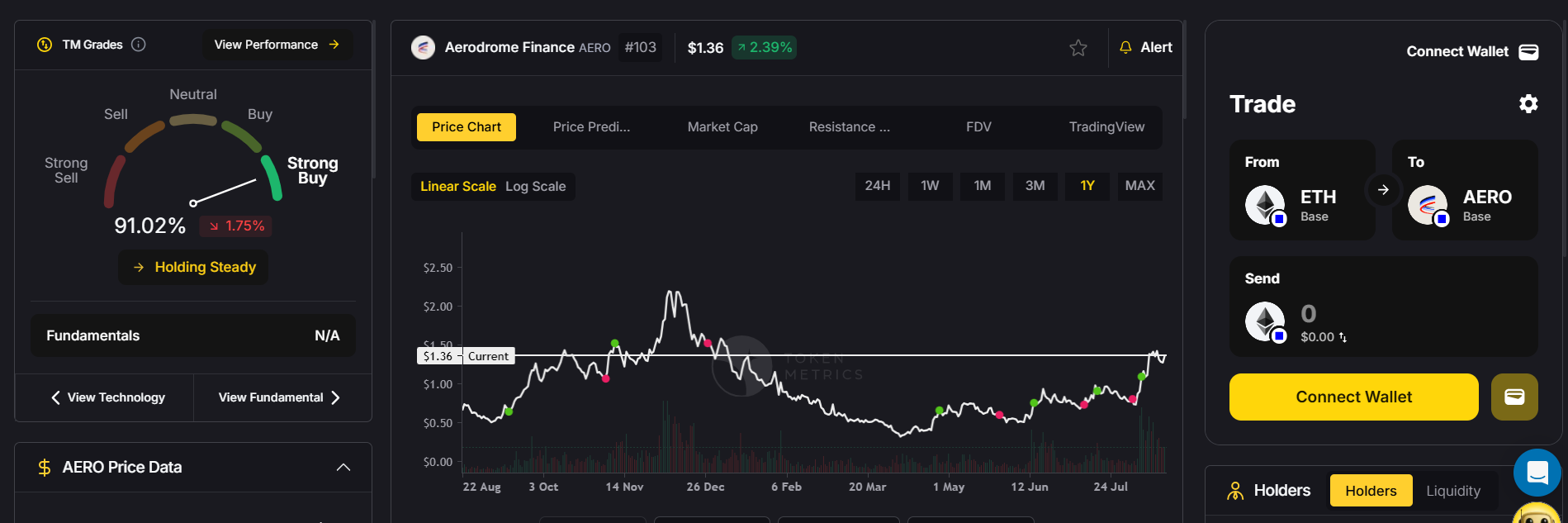Bull Flag Pattern - What It Means and How to Identify It?

In the world of finance, trading is considered as highly volatile in nature, and making the right trading decisions can be challenging. However, understanding different patterns in the market can help traders make better decisions.
One of these patterns is the Bull Flag Pattern, which is a bullish continuation pattern that is commonly found in stocks and cryptocurrency trading. In this article, we will discuss what is a bull flag pattern and how to identify it, with examples.
What is a Bull Flag Pattern?
The Bull Flag Pattern is a continuation pattern that occurs when there is a sharp price increase (known as the flagpole) followed by a period of consolidation (the flag). The pattern is considered bullish because it suggests that there is a strong buying pressure in the market, and traders are only taking a break before continuing to push the price higher.
The flag portion of the pattern is typically a rectangle or a parallel channel, and the volume during the flag tends to be lower than during the flagpole. When the price breaks out of the flag, it is usually accompanied by a high trading volume, indicating that the bullish momentum has resumed.
How to Trade with Bull Flag Patterns?
Trading with a bull flag pattern requires identifying the pattern and taking a position based on its expected outcome. Here are some steps to follow when trading with the bull flag pattern:
Identify the bull flag pattern: To identify a bullish flag pattern in a chart, traders should look for a sharp price increase followed by a consolidation period where the price moves sideways in a narrow range, forming a rectangular shape on the chart.
The consolidation period should have lower trading volume, indicating a decrease in market volatility. Once the consolidation period is over, the price should break above the resistance level, indicating that the bullish trend is likely to continue. It is important to confirm the pattern with other technical indicators such as RSI or moving averages to avoid false signals.
Confirm the breakout: Once the price breaks out of the flag, it should be accompanied by high trading volume. This is a confirmation that the bullish momentum has resumed and it is a good time to enter a long position (buy).
Set stop-loss orders: As with any other trading strategy, it is important to limit your potential losses. A stop-loss order is an order to sell a security when it reaches a certain price level. You should set a stop-loss order just below the support level of the flag to limit your potential losses in case the pattern fails.
Take profits: You should take profits by selling your position when the price reaches a predetermined level or by using a trailing stop to capture as much of the upside potential as possible.
It is important to note that many traders believe the bull flag pattern is a reliable pattern but it is not infallible. It is always a good idea to use other technical analysis tools such as trendlines, moving averages, and oscillators to confirm your trading decisions.
Additionally, you should always manage your risk by using stop-loss orders and only trade with money that you can afford to lose.
Examples of Bull Flags Patterns
There are several examples of bullish flag patterns in the cryptocurrency market. One such example is the flag pattern that formed on the Bitcoin chart in early 2021.
After reaching an all-time high in January, the price of Bitcoin consolidated in a narrow range for several weeks, forming a rectangular shape on the chart. Once the consolidation period was over, the price broke out of the flag pattern, surging to new all-time highs.
Another example of a bullish flag pattern is the one that formed on the Ethereum chart in mid-2020. After a sharp price increase, Ethereum consolidated in a rectangular pattern for several weeks before breaking out and continuing its upward trend.

How Reliable is a Bull Flag Pattern?
In general, the bull flag pattern is considered as a reliable pattern in technical analysis. It is a bullish continuation pattern, which means that it signals a resumption of the upward trend after a period of consolidation.
One of the reasons for its reliability is because it reflects a period of market indecision. The flag is formed when the price consolidates after a sharp price increase.
During this period of consolidation, buyers and sellers are in a state of equilibrium, and neither side has enough strength to push the price significantly higher or lower. This creates a coiled spring effect, and when the price eventually breaks out of the flag, it tends to do so with a lot of momentum.
It is important to note that sometimes, the bull flag pattern can fail, and traders should always use other technical analysis tools to confirm their trading decisions.
Bull Flag Pattern - Benefits and Risks
The bull flag pattern can be a useful tool for traders, but it is important to understand its benefits and risks, and to use it in conjunction with other technical analysis and risk management strategies.
Here are some of the benefits and risks associated with it:
Benefits Of Bull Flag Pattern
Clear entry and exit points: The bull flag pattern has clear entry and exit points, making it easy for traders to place their trades and manage their positions.
Strong upside potential: The bull flag pattern is a bullish continuation pattern, which means that it signals a resumption of the upward trend. This presents a strong upside potential for traders who enter a long position after the breakout.
Easy to identify: The bull flag pattern has a clear visual representation on a price chart, making it easy for traders to spot and trade.
Applicable to different time frames: The bull flag pattern can be used on different time frames, from intraday charts to daily and weekly charts, making it applicable to a wide range of trading strategies.
Risks Associated with Bull Flag Pattern
False breakouts: The bull flag pattern can fail, resulting in a false breakout. This can happen when the price breaks out of the flag but then quickly reverses, trapping traders who entered long positions.
Whipsaws: The price can oscillate within the flag for an extended period of time, resulting in false signals and whipsaws. This can cause traders to enter and exit positions prematurely, resulting in losses.
Market volatility: The bull flag pattern is a technical analysis tool and does not take into account fundamental factors that can impact market volatility. Economic events, news releases, and other market factors can cause the price to move in unexpected ways, resulting in losses for traders.
Risk management: Traders should always manage their risk by using stop-loss orders and only trading with money that they can afford to lose. Failure to manage risk can result in significant losses.
Bull Flag vs Bear Flag - Key Differences
The bull flag and bear flag patterns are two very different chart patterns in technical analysis that can be used to identify potential trading opportunities. Here are some of the key differences between bull flags and bear flags:
Market direction: The bull flag pattern is a bullish continuation pattern, which means that it signals a resumption of the upward trend. In contrast, the bear flag pattern is a bearish continuation pattern, which means that it signals a resumption of the downward trend.
Price action: The bull flag pattern is formed when the price consolidates after a sharp price increase, forming a flag-like pattern. The price action during the consolidation phase is characterized by lower trading volumes and a range-bound price movement.

In contrast, the bear flag pattern is formed when the price consolidates after a sharp price decrease, also forming a flag-like pattern. The price action during the consolidation phase is characterized by lower trading volumes and a range-bound price movement.
Breakout direction: In the bull flag pattern, the breakout occurs to the upside, as buyers take control of the market and push the price higher. In contrast, in the bear flag pattern, the breakout occurs to the downside, as sellers take control of the market and push the price lower.
Trading strategy: Traders can use the Bull Flag pattern to enter long positions after the breakout, with a stop-loss order placed below the lower boundary of the flag. Conversely, traders can use the Bear Flag pattern to enter short positions after the breakout, with a stop-loss order placed above the upper boundary of the flag.
Success rate: Both bull flags and bear flags are considered to be reliable chart patterns, with a good success rate. However, as with any trading strategy, there is no guarantee that the pattern will play out as expected.
Conclusion
In conclusion, the bull flag pattern is a powerful tool for traders looking to profit from bullish trends in the market. By combining the bull flag pattern with other technical indicators and risk management strategies, traders can develop effective trading plans and increase their chances of success in the market.
However, as with any trading strategy, it is important to conduct thorough research and analysis before making any trades, and to always practice proper risk management to minimize potential losses.
Disclaimer
The information provided on this website does not constitute investment advice, financial advice, trading advice, or any other sort of advice and you should not treat any of the website's content as such.
Token Metrics does not recommend that any cryptocurrency should be bought, sold, or held by you. Do conduct your own due diligence and consult your financial advisor before making any investment decisions.
Create Your Free Token Metrics Account

.png)




%201.svg)
%201.svg)


%201.svg)













.svg)




.png)